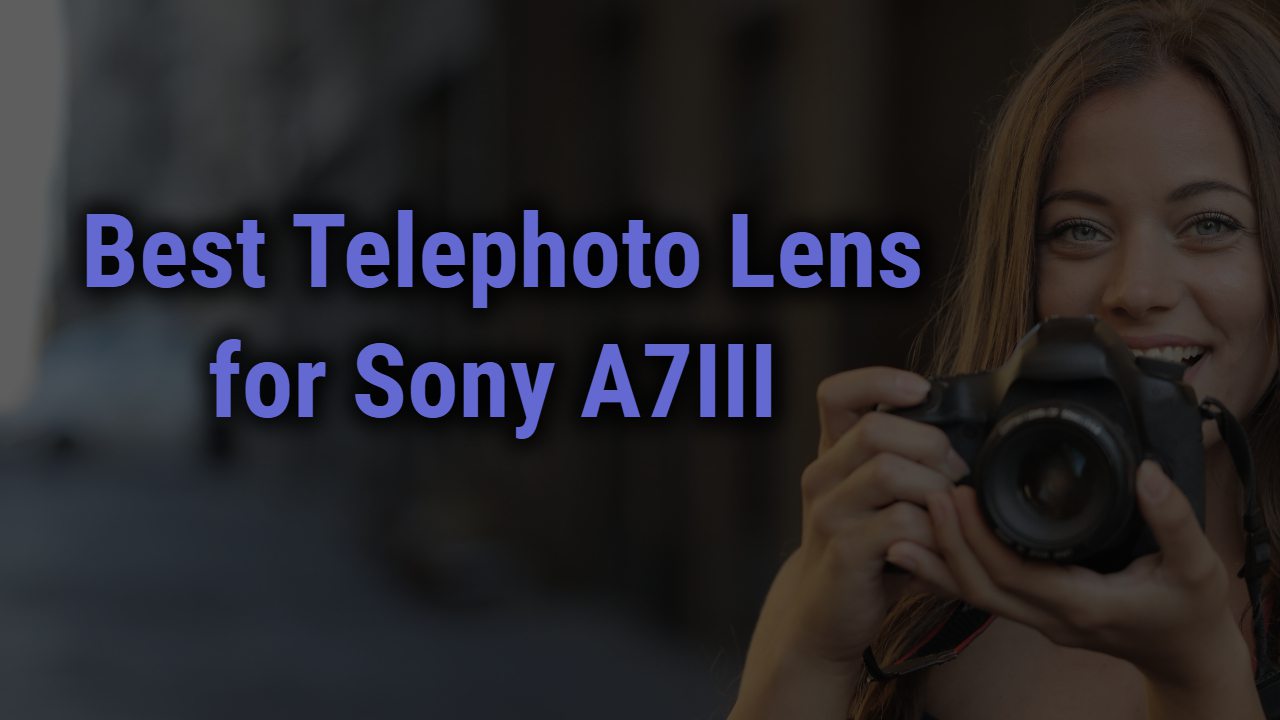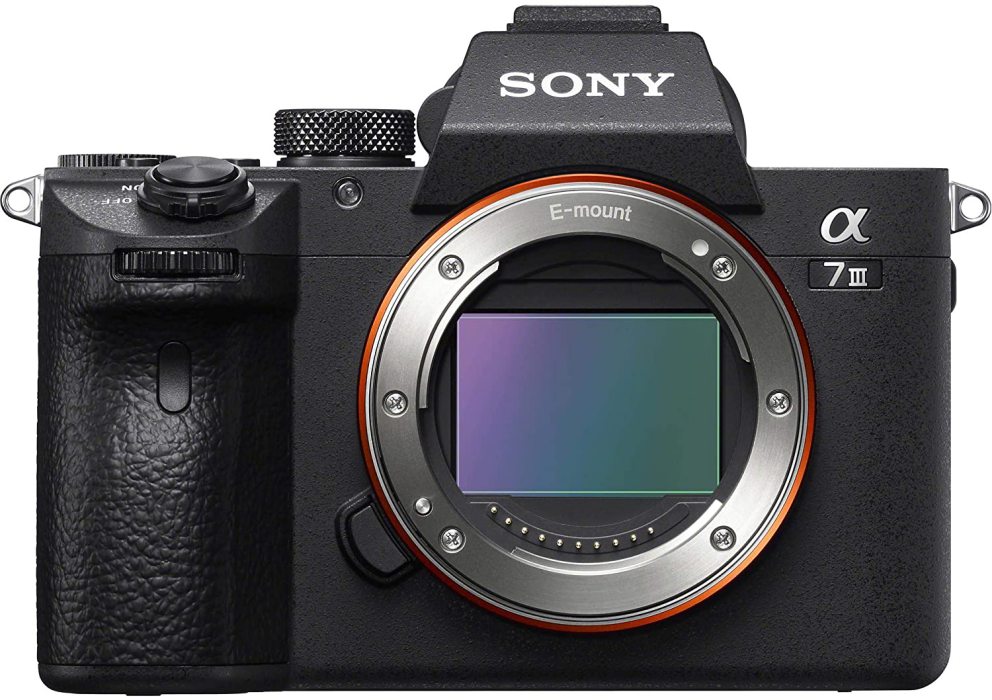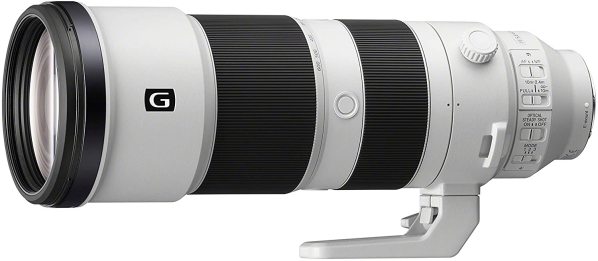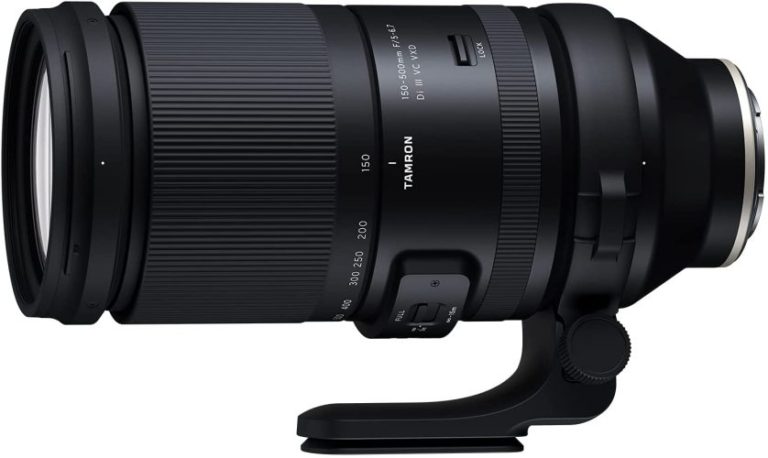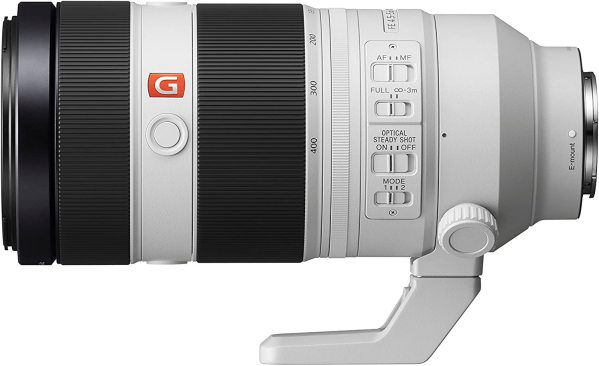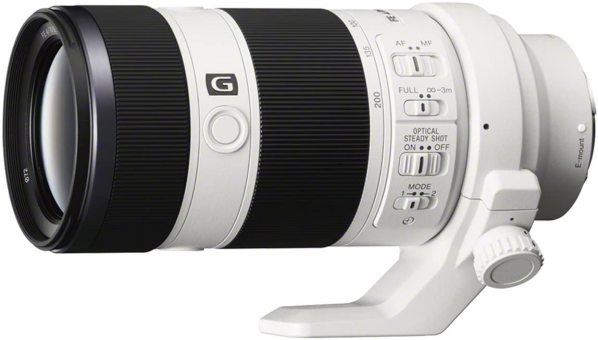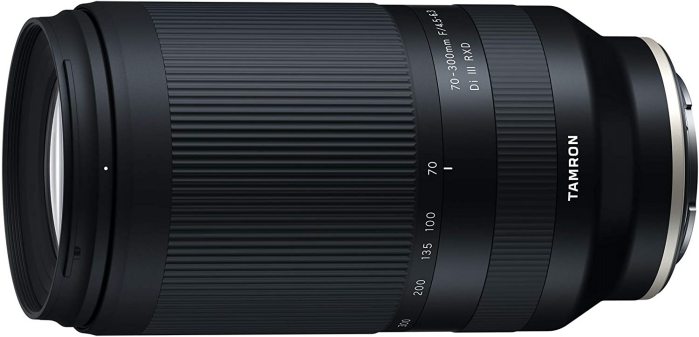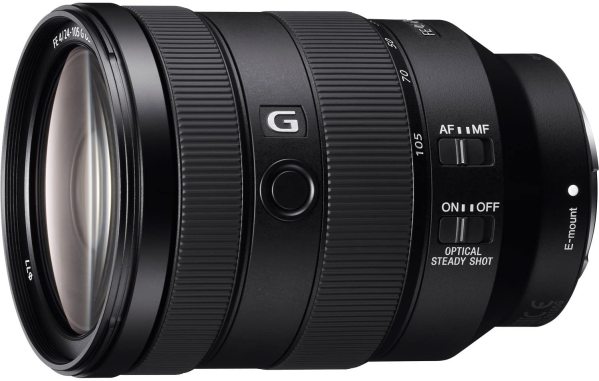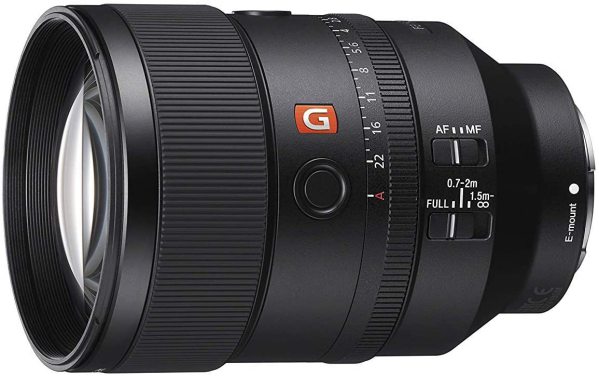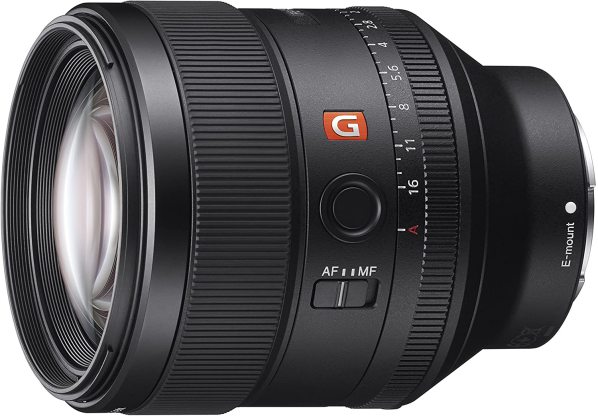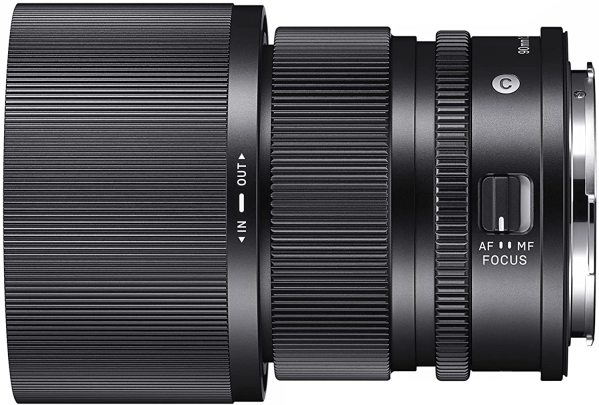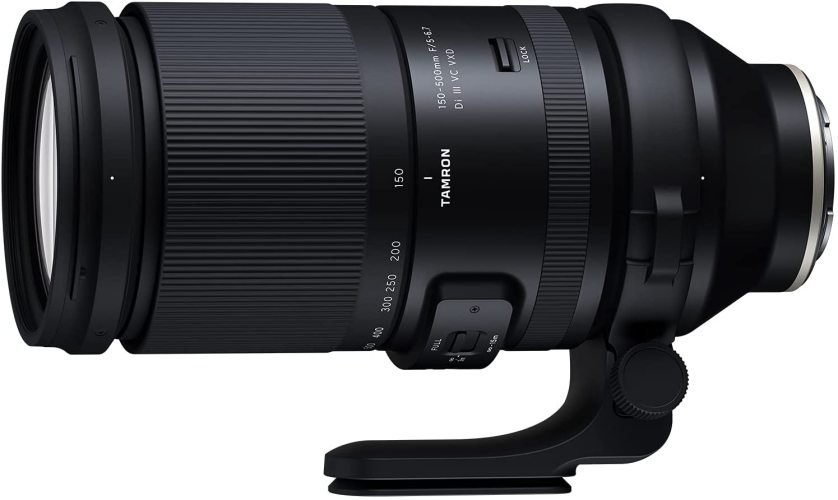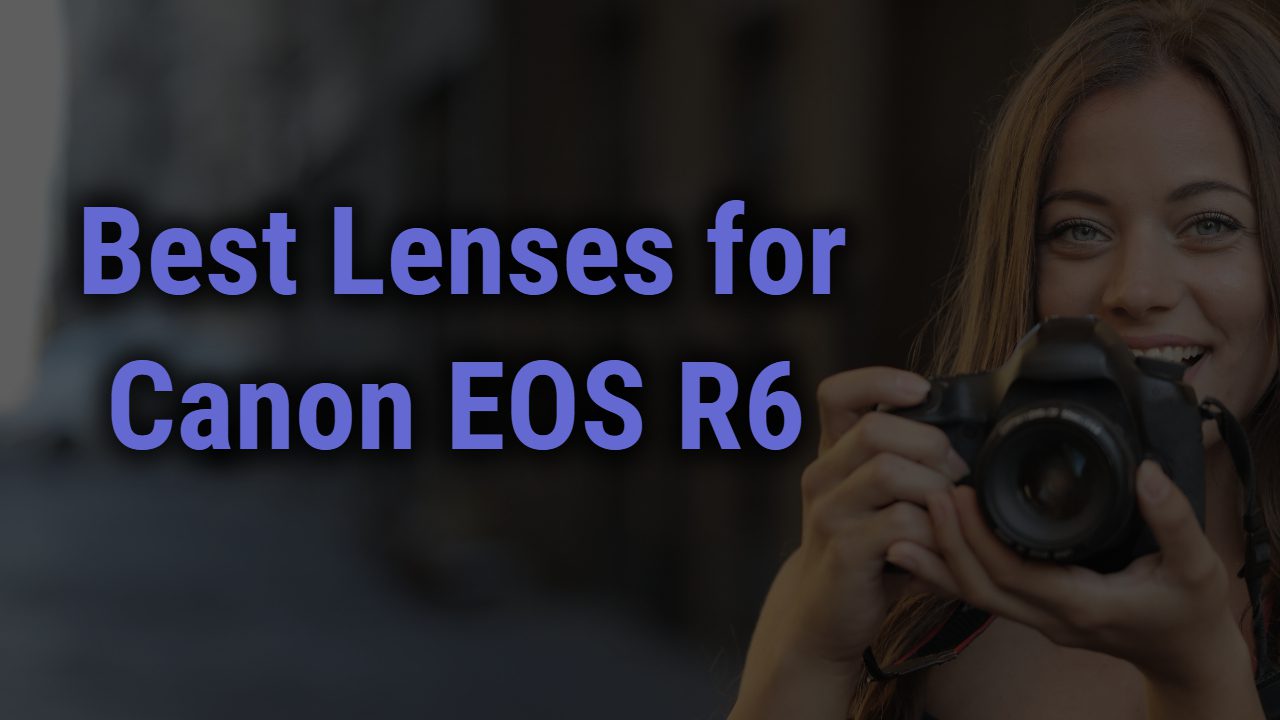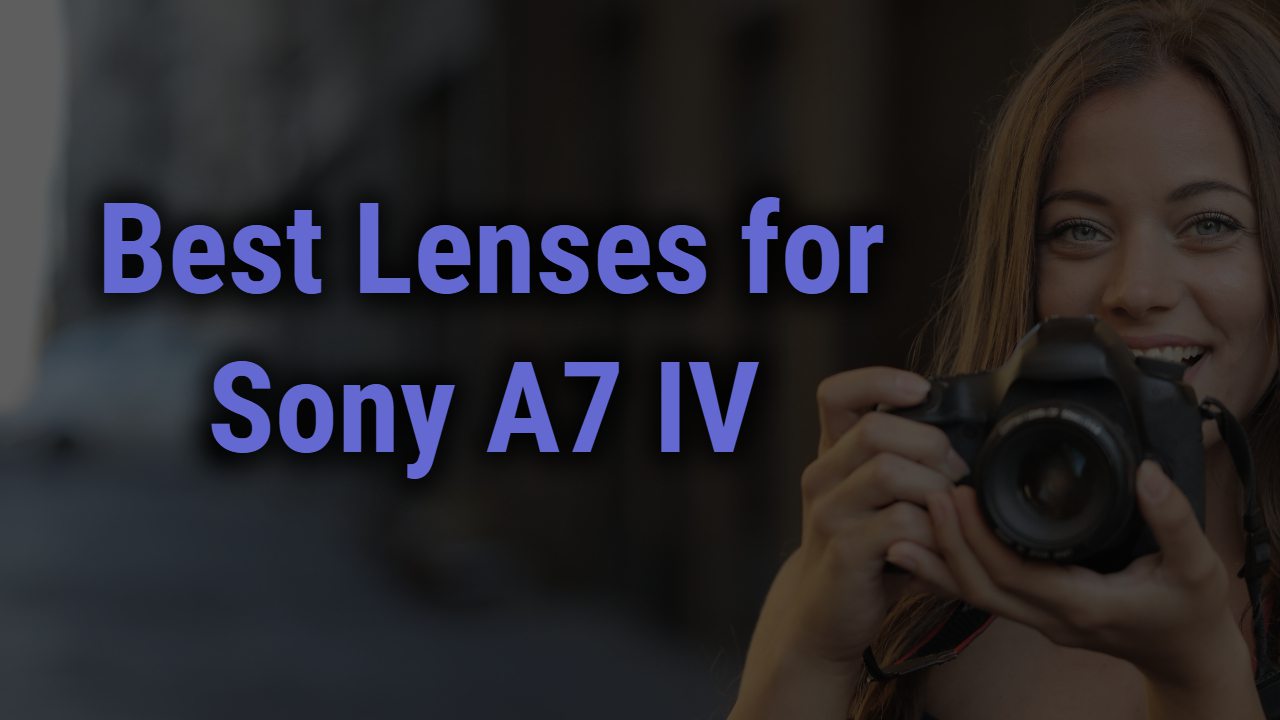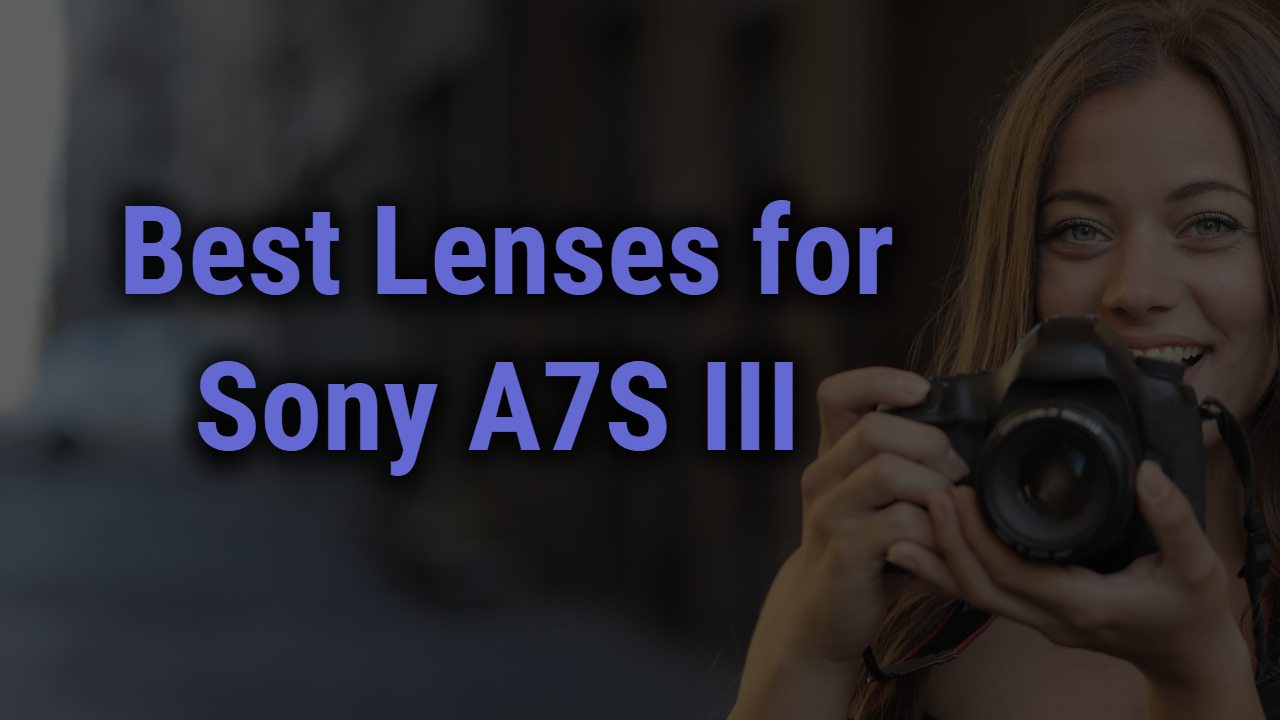A camera lens is a transparent optical element that refracts light to form an image. All lenses are made from transparent optical materials and may be ground and polished or molded from such materials, or made from glass (e.g. Flint glass or Crown glass) or other transparent materials.
Lenses are used in arrangements of panels that focus light toward the viewfinder or film (or sensor) inside a camera during exposure. Millions of lenses have been produced for cameras, projection televisions, and viewing devices over the past century.
Different lenses produce different effects, allowing photographers to choose the desired quality of the final image. It’s a piece of glass placed between the shutter and the film plane.
A camera lens is an essential part of your camera that determines what your photo will look like in the final print. The lens is the key part of your camera. It’s an important part that allows you to take pictures in the first place.
This image can then be recorded or viewed directly via the screen. Most of the time, a camera lens is attached to a camera body, and together they make a photographic lens.
When you use a telephoto lens, it is as though you are putting your camera on a telescope that allows you to zoom in on your subject from far away. A telephoto lens can be used for portrait and wildlife photography; telephoto lenses are the best choice for taking pictures on a tripod.
When it comes to the most versatile, longest focal length lens, you can’t beat a good telephoto lens. These lenses are designed to provide a significantly magnified view of faraway objects (which is why they’re often used in wildlife and sports photography).
The telephoto lens is a long-distance photography lens. It isn’t used as often as some of the other lenses. The pictures taken from a long distance make them look distorted. The longer its available size, the more distorted its subject will be. It is usually used for taking distant events and people to appear closer.
Sony A7III
Note:
All the lenses mentioned here are tested with Sony A7III and work perfectly fine.
| Best Telephoto Lenses for Sony A7III |
|---|
| 1. Super Telephoto Lenses |
|
1. Sony SEL200600G (Best Super Telephoto Zoom Lens)
|
|
2. Tamron AFA057S700 (Budget Super Telephoto Zoom Lens)
|
|
3. Sony SEL100400GM (Another Great Super Telephoto Zoom Lens)
|
| 2. Telephoto Lenses |
|
1. Sony SEL70200G (Best Telephoto Zoom Lens)
|
|
2. Tamron AFA047S700 (Budget Telephoto Zoom Lens)
|
|
3. Sony SEL24105G/2 (Another Great Telephoto Zoom Lens)
|
| 3. Telephoto Prime Lenses |
|
1. Sony SEL135F18GM (Best Telephoto Prime Lens)
|
|
2. Sony SEL85F14GM (Another Great Telephoto Prime Lens)
|
|
3. Sigma 261965 (Budget Telephoto Prime Lens)
|
This Post Contains
What is a telephoto lens?
The term ‘telephoto’ refers to a type of lens that gives a greater magnification. ‘Tele’ is from the Greek meaning far away, and photo means light. A telephoto lens is a camera lens with a longer focal length than that of the typical wide-angle or standard lenses.
Because the focal length of the lens is longer, the photographer will have to move further away from the subject to retain the same field of view that can be seen on normal lenses. This allows for a different perspective of the subject being photographed
Using a telephoto lens lets you get a close-up while still being able to keep your camera at a decent distance away. It also works well for taking pictures of animals. With their tightly wound coils and longer focal lengths, telephotos give a narrower angle of view than other types of lenses do.
Telephoto lens reaches far into the distance and is most widely used for wildlife photography or when an object is a long distance away. It is suited for taking pictures of animals from far away, as well as airplanes and clouds, or for use at sporting events where athletes are a long distance away.
A telephoto lens is a special type of camera lens that can help you bring distant objects closer without having to walk closer. A telephoto lens, also known as a long lens or super-telephoto lens, is a specialized optical device that requires the photographer to get very close to the subject.
They’re popular among professional sports photographers who need to capture images at greater distances, but they can be used by hobbyists and enthusiasts as well. This type of lens has a higher magnification than normal lenses but with a narrower angle of view.
A telephoto lens is any lens with a focal length that is longer than the typical human eye can see. This allows you to take a picture of an object without physically being close to it.
Most common uses: Photographers like telephoto lenses because they are much more convenient than carrying multiple cameras or lenses around. Sports photographers especially like telephoto lenses for their ability to capture sports action from far away.
The telephoto lens is a favorite choice for photographers to take photos in difficult conditions. By magnifying the image in the camera, it can reduce the need for flash and speed up the shooting time or get a free hand.
By combining with an optical image stabilization system, it can effectively avoid handshaking and make clear pictures during the shooting, especially in a dark environment when there is no light. The lenses are also used to get extreme close-ups of specimens and other small things.
Best Telephoto Lenses for Sony A7III
So without further ado, let us head toward the best telephoto lens that you can get for your A7III. We are sure that no matter which Telephoto lens you choose from the list given below, you are definitely getting the best result.
Super Telephoto Lenses
1. Sony SEL200600G FE 200-600mm F5.6-6.3 G OSS Super Telephoto Zoom Lens
Assume you’re an avid bird watcher in East Africa who spends most of your time on safaris or national parks. Photographing many species of animals and traveling across various locations. You should definitely check out the Sony FE 200-600mm telephoto zoom lens since it is amazing for the same.
Without breaking a sweat, capture birds in flight from 100 meters distant or snap broad architectural photos at 600mm. At any moment, you may capture sports or animals! The camera’s incredible zoom capability allows you to frame fascinating things up close or photograph animals.
Simply enjoy capturing the finer points of your subject with this incredible zoom range. The Sony 200-600mm lens is ideal for your Sony A7III digital camera!
If you like photographing animals and distant locales, this lens is an excellent choice for capturing distinctive photos with clarity and detail. This super-telephoto lens’ zoom capacity will even enable you to snap close-up photographs from a distance.
Imagine being able to photograph an animal in the wild without upsetting it in any way, and they’ll have no idea what struck them! Plus, since it’s small and light, you won’t have to worry about adding weight or size to your camera!
Optimize zoom for super-telephoto scenic vistas, as well as more sports and wildlife shots, without constantly switching lenses.
Crop as little as possible since this lens reduces distortion and night blindness, making it easy to discern high-contrast features in low-light environments. Even from a great distance, we can capture such complicated subjects.
Exceptional G lens resolution throughout the Zoom range ensures razor-sharp clarity at every zoom stage. This makes it an unmatched choice for any travel or wildlife photographer looking for a flexible instrument.
This lens worked well for panning swiftly, capturing close-ups, and, even better, distant vistas. If you want stunning photographs that are free of blurriness and other aberrations, here is the place to go.
This is just what you need to take your photography seriously! Enjoy stunning telephoto photography photographs to feed your creative side!
2. Tamron AFA057S700 150-500mm f/5-6.7 Di III VC VXD Super Telephoto Zoom Lens
Although it has a wide zoom range, the Tamron 150-500mm lens is rather small and lightweight for its size and weight. It is 8.3 inches in length and weighs 60.8 ounces.
Several unusual lens elements, including five LD elements, are used to construct the lens. This camera’s autofocus mechanism is driven by a VXD AF motor, which is intended to provide rapid autofocus with high accuracy while being relatively quiet.
The Tamron 150-500mm lens also has Tarmon’s tried-and-true Vibration Compensation (VC) image stabilizer, as implied by its name.
First and foremost, Tamron’s ultra-telephoto zoom lens is rather small and lightweight on the lens’ construction quality. “Though the 150-500mm is not a tiny lens, at 209.6mm (8.3″) in length and 1.88kg (4.14 lbs.) in weight, the 150-500mm is lightweight and simple to carry about for lengthy periods. Furthermore, thanks to vibration correction (VC), the lens performs well when used.
The lens’s remarkable focusing ability was shown while capturing moving animals in low light. The Tamron 150-500mm lens has a startling narrow focusing distance. At 150mm, the lens can focus to a distance of 0.6m (23.6′), resulting in a maximum reproduction ratio of 1:3.1.
Although it is not a macro lens, it may be used for close-up photography, such as photographing flowers. Sony’s Fast Hybrid AF, Eye AF, and Direct Manual Focus (DMF) systems are also compatible with the lens.”
With its new telephoto zoom for Sony mirrorless cameras, Tamron has done an excellent job of striking a balance between performance, price, and size.
If you’re looking for a telephoto zoom but don’t need the quick aperture of the Sony GM lens or the unusual focal length of an exotic prime, Tamron’s new lens is a good choice. It’s a fantastic lens that is a pleasure to use,” says the photographer.
3. Sony SEL100400GM FE 100-400mm F4.5–5.6 GM OSS Telephoto Lens
In the middle of the action (or, to be more accurate, while waiting for anything to happen), an insect flies into your face and annoys the living daylights out of you. The Sony 100-400mm FE lens is quite useful in this situation.
It provides up to 4 stops of optical stabilization, which allows you to maintain your focus. Furthermore, an AF range of 50cm almost minimizes the possibility of bugs and other unwelcome surprises spoiling photographs the next time Mother Nature decides to be less than helpful.
Zoom around landscapes, zoom past players on your team’s basketball court—here’s a good place to put some long-winded prose. Capture the finest moments of your life on film or digitally.
It’s possible that this Sony FE 100-400mm lens may perform better than you think. It’s compact and lightweight, yet it produces outstanding picture quality despite its small size and low weight. It produces an extraordinarily fine picture quality with a little flare and ghosting thanks to its high-definition coatings applied by professionals.
This sleek and trendy lens is ideal for those who live their lives on the move. Additionally, it enables you to shoot spectacular photographs with outstanding bokeh defocus effects that were previously impossible to achieve!
Additionally, this new lens provides an extraordinary variety of capabilities in addition to outstanding optical performance. So you may go through live worlds without ever feeling uncomfortable or crouched over your camera!
Are you seeking a prime telephoto lens with a high magnification?
You will not be disappointed if you upgrade to this product given. Regardless of how far away your topic is from you. Prepare for fewer blurry pictures and more time on your feet with image stabilization that goes up to 4x.
Don’t miss a thing with one of the most powerful lenses available on the market today, which I’ve discovered for you! Create stunning images of anything from animals up close to landscapes at a distance without compromising quality, thanks to this high-performance telephoto lens from Sony!
Telephoto Lenses
4. Sony SEL70200G FE 70-200mm F4 G OSS Interchangeable Telephoto Lens
We all know how great Sony cameras are. If you use this telephoto lens by Sony, you will learn that the lens that they offer is also one of the best in the market, and it is great in performance and perfectly covers the whole frame.
Compared to other lenses in the market, we have learned that this is one of the lenses that has a strong build and will last you for a long time. The lens’ Premium AF system gives you the best performance you need with Sony A7III.
When it comes to telephoto lenses, you have to check the range of the camera. With its 70-200 mm range, this is one of the lenses you should go for if you want to do portrait photography.
Basically, if you are looking for a camera lens that will ensure that the background of the object you are capturing is blurred. On top of that, the aperture of the lens is about f/4, which is really good when you want to capture the image in low light.
As we all know that this lens is OSS, meaning it gives you an Optical steady shot, especially with the Sony A7III. You will not want to miss the opportunity to click the perfect shot.
There is one more thing that we noticed while examining this camera: the images captured with this lens have sharper edges than most of the lenses, which are priced at the same level.
This particular lens by Sony is one of the perfect matches for your Sony A7III, and you can easily add it to your shortlisted lenses if you haven’t done it already.
5. Tamron AFA047S700 70-300mm F/4.5-6.3 Di III RXD Telephoto Zoom Lens
This popular telephoto zoom range from Tamron is available for full-frame Sony E-mount mirrorless cameras thanks to its dynamic zoom range and small profile. The 70-300mm lens from Sony E has a dynamic zoom range and compact profile.
This lens covers a handy short- to long-telephoto range and is just 5.8″ in length with a maximum diameter of 3″ and weighs 1.2 pounds. It measures 5.8″ in length with a maximum diameter of 3″ and weighs 1.2 pounds.
It provides excellent optical performance, as well as aberration correction, which results in excellent picture quality. Its RXD stepping motor unit enables high-speed, high-precision, and silent operation, and it also takes full use of in-camera capabilities like Sony’s Fast Hybrid AF and Eye AF functionalities, which are both fast and accurate.
In addition to sports and other athletic events, wildlife, portraiture, and other types of photography, the 70-300mm lens is a very versatile telephoto zoom lens that works well across a wide variety of shooting genres.
The versatile telephoto zoom is intended for full-frame Sony E-mount mirrorless cameras, but it can also be used with APS-C cameras, providing a range of 105-450mm equivalent focal lengths for those systems.
The RXD stepping motor unit delivers high-speed, high-precision, and silent operation, allowing you to take full use of in-camera functions such as Sony’s Fast Hybrid AF and Eye AF, as well as direct manual focus to capture the best possible images.
The usage of this lens in adverse weather is made possible by the use of a high-strength aluminum-magnesium alloy and a moisture-resistant structure.
The rounded seven-blade diaphragm adds to the attractive bokeh effect of the photograph.15 components in 10 groups, having a front element with modest dispersion as the first element.1.94 (WIDE) / 1.5.1 maximum magnification ratios are possible (TELE).
It is also compatible with in-camera lens correction capabilities like shading, chromatic aberration, and distortion correction.
6. Sony SEL24105G FE 24-105mm F4 G OSS Standard Zoom Lens
We have yet another lens on our list from Sony. Let us tell you that choosing just a few lenses to put into this list was pretty tough, but some of the best lenses made their way onto our list.
This 24-105mm lens with f/4 aperture is one of the telephoto lenses that is something you can consider adding to your list. When Sony launched this lens, it became the favorite lens of photographers who wanted to get a lightweight and effective lens.
You do not have to worry about the performance of the lens because it is one of the lenses with professional quality and adored for how amazingly it works. If you are into landscape photography, or you like to make a documentary with your camera, this is the right choice of lens for you.
This is one of the G-grade lenses, which means it is designed to give you the best performance even when it comes to different weather. If you are using this lens with your Sony A7 III, there is no stopping you when it comes to clicking that perfect shot you envisioned.
On top of all that, it has a fluorine coating which ensures that your lens remains clean of any dirt which might just ruin your stills.
This 24-105mm lens also has an Optical Steady Shot system to ensure that you get the best shot without having to worry about the stability of the camera or the steadiness of your camera. You see a scene, and it makes sure that it captures it with a crisp and clear image.
Prime Telephoto Lens
7. Sony FE SEL135F18GM 135mm F1.8 G Master Telephoto Prime Lens
At the front of the lens, there is a large spherical lens cover that is well-proportioned in size. This bayonet is locked into place with a strong locking mechanism and is made of steel.
A typical 82mm filter thread may be found inside the confines of this fitting. The large manual focus ring is located just beneath this. This has no purpose in the usual AF settings, but it is activated when either the MF option is selected in the camera menu or DMF (Direct Manual Focus) is selected in the camera menu system. DMF indicates that the manual focus ring is in use when the autofocus system is in use.
Four XD Linear motors drive the AF, allowing it to operate rapidly and quietly. The lens can be focused down to 0.7m (2.3 ft) and has a maximum magnification of 0.25x (or 1:4).
This is far closer than is typical for a 135mm lens, allowing for very close-up portrait images to be captured easily. It considerably boosts the lens’s adaptability and flexibility.
Behind this lies the exquisitely crafted aperture ring, which is worthy of being mounted to the most costly cine lenses on the market. The A option allows the camera to change the aperture on its own without the need for a tripod.
The ring, on the other hand, provides very accurate click stops in one-third stop increments. The clicks may be turned off by pressing a button on the lens barrel, which is located directly below the ring.
The AF/MF switch, which is self-explanatory, and a focus limiter are located on the other side of the barrel from the shutter release. Full, 0.7-2m and 1.5m to infinity are the available limiter settings.
The optical architecture consists of 13 components organized into 10 groups, including one XA (Extreme Aspherical), one Super ED (Super Extra-Low Dispersion), and one ED (Extreme Dispersion) (Extra-Low Dispersion). When the diaphragm is closed, the 11 blades work together to create the smoothest bokeh possible, which is defined as the softest gradation in the out-of-focus parts of a picture.
There are no significant flaws in the lens’s handling, and it is quite easy to use. Each control is easily accessible; focusing is quick and precise, and the aperture ring is deliciously over-engineered.
And the longer than typical 135mm focal length proves to be far more usable due to the lens focusing so much closer than previous lenses ever could, making it much more usable.
If a 135mm lens could focus down to 13 feet in the 1950s, it could focus down to 4 or 5 feet by the early 1970s, and now this new Sony lens can focus down to a very respectable 2.3 feet, which is rather impressive. It makes a world of difference, and the lens has intriguing close-up capabilities.
Conclusion
When you have to choose a lens from so many choices, you definitely need a lens that meets your requirements. The lens can come in different types, and only you can figure out first why you want the lens.
What is the purpose of using the Sony A7III? Once you figure out the answer to these questions, you can easily determine which lens you should purchase.
All of the above-mentioned telephoto lenses are perfectly compatible with Sony A7III, and once you figure out your budget and your choice, nothing can stop you from choosing the best lens you need.

